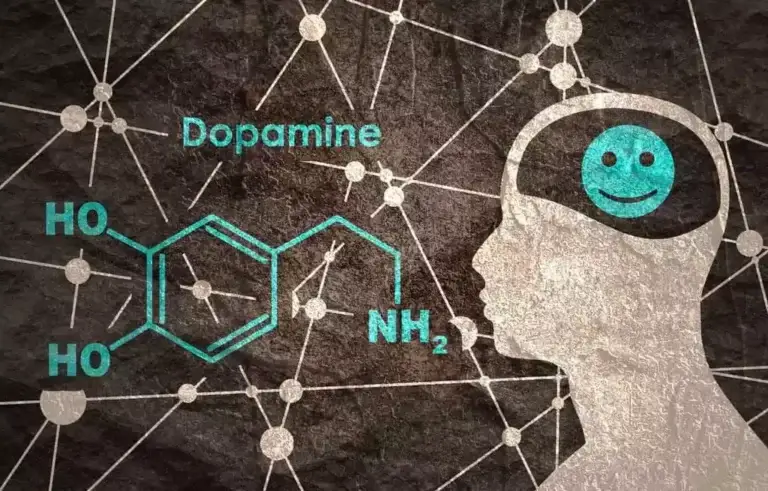
However, the long-term prognosis depends on the severity of the underlying alcohol abuse disorder. The major causes of death in people with alcoholic ketoacidosis are diseases that occur along with the alcoholic ketoacidosis and may have caused it, such as pancreatitis, gastrointestinal bleeding, and alcohol withdrawal. Alcoholic ketoacidosis most commonly happens in people who have alcohol use disorder and chronically drink a lot of alcohol. But it can happen after an episode of binge drinking in people who do not chronically abuse alcohol. Alcoholic ketoacidosis doesn’t occur more often in any particular race or sex. The main differential diagnoses for ketosis in our patient included AKA, starvation/fasting ketosis and DKA.
Treatment

We don’t yet know how the Australian teenagers came to be poisoned in this tragedy. But it is a good idea when traveling (particularly in areas with traditionally fremented drinks, such as south-east Asia, the Indian subcontinent and parts of Africa) to always be careful. Treatment is mainly supportive care, such as intubation and mechanical ventilation to help the patient to breathe. However, permanent vision damage can occur even at non-lethal doses if treatment is not administered quickly. It means methanol is processed differently in our bodies and is much more toxic than ethanol. Acetyl CoA may be metabolised to carbon dioxide and water, converted to fat, or combined with another acetyl CoA to form acetoacetate (fig 1).
Alcoholic ketoacidosis: a case report and review of the literature
Ethanol is metabolized into a chemical compound called acetaldehyde. Acetaldehyde is toxic, but is rapidly converted to acetate (also known as acetic acid, found in vinegar). Generating an acid may sound bad, but acetate actually produces energy and makes important molecules in the body. Two Australian teenagers are severely ill in hospital in Thailand after experiencing suspected methanol poisoning while they were traveling in Laos.
History
- Patients improved rapidly (within 12 hours) with intravenous glucose and large amounts of intravenous saline, usually without insulin (although small amounts of bicarbonate were sometimes used).
- Alcoholic ketoacidosis is a recognised acute complication in alcohol dependent patients.
- If severe hypokalemia is present dextrose containing fluids can be held until potassium levels are normalized.
- Diagnosis is by history and findings of ketoacidosis without hyperglycemia.
- Prolonged used of alcohol can result in cirrhosis, or permanent scarring of the liver.
Typical characteristics of the latter may include rhinophyma, tremulousness, hepatosplenomegaly, peripheral neuropathy, gynecomastia, testicular atrophy, and palmar erythema. The patient might be tachycardic, tachypneic, profoundly orthostatic, or frankly hypotensive as a result of dehydration from decreased oral intake, diaphoresis, and vomiting. During starvation, there is a decrease in insulin secretion and an increase in the production of counter-regulatory hormones such as glucagon, catecholamines, cortisol, and growth hormone. Hormone-sensitive lipase is normally inhibited by insulin, and, when insulin levels fall, lipolysis is up-regulated, causing release of free fatty acids from peripheral adipose tissue. Most cases of AKA occur when a person with poor nutritional status due to long-standing alcohol abuse who has been on a drinking binge suddenly decreases energy intake because of abdominal pain, nausea, or vomiting. In addition, AKA is often precipitated by another medical illness such as infection or pancreatitis.
This literature review discusses the history, characterisation, pathophysiology, diagnosis, and management of AKA. Alcoholic ketoacidosis is a condition that can happen when you’ve had a lot of alcohol and haven’t had much to eat or have been vomiting. When this happens, it can cause ketones, which are acids, to build up in your blood.
- Alcoholic ketoacidosis (AKA) is a condition that presents with a significant metabolic acidosis in patients with a history of alcohol excess.
- If not treated quickly, alcoholic ketoacidosis may be life-threatening.
- Limiting the amount of alcohol you drink will help prevent this condition.
- Routine clinical assays for ketonemia test for AcAc and acetone but not for β-OH.
- Alcoholic ketoacidosis causes nausea, vomiting, and abdominal pain.
- The key differential diagnosis to consider, and exclude, in these patients is DKA.
Alcoholic ketoacidosis: clinical and laboratory presentation, pathophysiology and treatment

Laboratory analysis plays a major role in the evaluation of a patient with suspected alcoholic ketoacidosis. If your blood glucose level is elevated, your doctor may also perform a hemoglobin A1C (HgA1C) test. This test will provide information about your sugar levels to help determine whether you have diabetes. People who drink large quantities of alcohol may not eat regularly. Not eating enough or vomiting can lead to periods of starvation. Alcoholic ketoacidosis can develop when you drink excessive amounts of alcohol for a long period of time.
- It is essential to differentiate AKA from DKA to ensure that inappropriate insulin administration does not occur.
- But it is a good idea when traveling (particularly in areas with traditionally fremented drinks, such as south-east Asia, the Indian subcontinent and parts of Africa) to always be careful.
- Typical characteristics of the latter may include rhinophyma, tremulousness, hepatosplenomegaly, peripheral neuropathy, gynecomastia, testicular atrophy, and palmar erythema.
- Support groups can be a valuable source of support and can be combined with medication and therapy.

This buildup of ketones can produce a life-threatening condition known as ketoacidosis. Methanol poisoning can cause nausea, vomiting, and abdominal pain. The acidosis then causes depression of the central nervous system which can cause people with methanol poisoning to fall unconscious and go into a coma, as well as retinal damage leading to vision loss. This is because the retinas are full of active mitochondria and sensitive to them being damaged.
Symptoms and Signs of Alcoholic Ketoacidosis
AKA typically presents with a severe metabolic acidosis with a raised anion gap and electrolyte abnormalities, which are treatable if recognized early and appropriate management instituted. Given the increasing epidemic of alcohol-related healthcare admissions, this is an important condition to recognize and we aim to offer guidance on how to approach similar cases for the practising clinician. The patient should have blood glucose checked on the initial presentation. The next important step in the management of AKA is to give isotonic fluid resuscitation.
- These include acute pancreatitis, gastrointestinal bleeding, and alcohol withdrawal.
- During this period of starvation, vomiting continues and abdominal pain develops, leading the patient to seek medical attention.
- Not eating enough or vomiting can lead to periods of starvation.
- By contrast, methanol is metabolized into formaldehyde (a chemical used in industrial glues and for embalming corpses, for example) and then to formic acid (the chemical in some ant bites that makes them hurt so much).
- Without insulin, most cells cannot get energy from the glucose that is in the blood.
Elevated cortisol levels can increase fatty acid mobilization and ketogenesis. Growth hormone can enhance precursor fatty acid release and ketogenesis during insulin deficiency. Catecholamines, particularly epinephrine, increase fatty acid release and enhance the rate of hepatic ketogenesis.

Death is not inevitable if only a small amount of methanol has been consumed, and rapid treatment will greatly reduce damage. The prevalence of AKA in a given community correlates with the incidence and distribution of alcohol abuse in that community. Group meetings provide support for people trying to quit drinking. Meetings are widely alcohol acidosis available at little-to-no cost in most communities. Support groups can be a valuable source of support and can be combined with medication and therapy. Drinking only mass-produced commercial brews can be safer, though understandably people often want to try locally made drinks as part of their adventure.